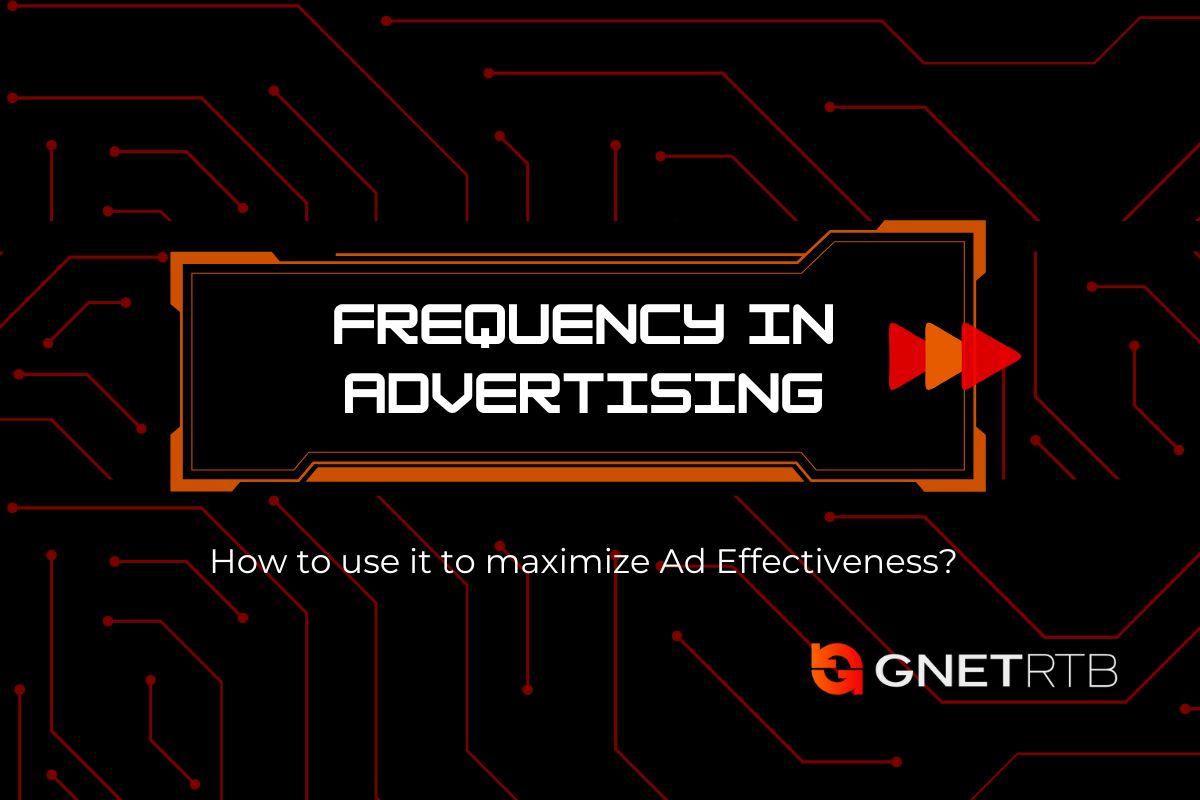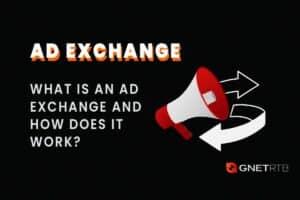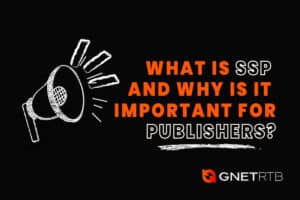Online marketing is a powerful tool for reaching a target audience and promoting products or services. However, excessive exposure to ads can have a negative effect on user perception. This is where frequency capping comes in, a strategy that allows controlling the frequency with which an ad is shown to an individual user.
In this article, you will discover how frequency capping works, its benefits and limitations, as well as tips on how to use it in conjunction with other strategies to get the best results.
What is Frequency Capping?
Frequency capping is an online marketing method that allows limiting the number of times or frequency with which a specific advertising medium, such as a graphic ad or email marketing campaign, is displayed to an individual user. The term frequency capping means “limiting frequency.”
Why is Frequency Capping Important?
Online advertising has become indispensable in recent years. The possibility of defining and precisely targeting audience groups allows advertising to be placed very efficiently. However, it can also happen that a user becomes overwhelmed by a certain ad, which can lead to a negative perception.
How Does Frequency Capping Work?
With frequency capping, you can limit the number of times a specific ad is shown to a user. This is done through cookies, which collect information about the user’s behavior on a site. This information can be used to control the frequency with which a particular ad is displayed.
The number of fade-ins can be limited in different ways:
- Specific period: Ad display can be limited to a specific period, for example, you can limit the frequency of a specific ad to a specific number per day, week, or month.
- User-dependent frequency capping: Advertising display is adjusted user-dependently, based on the user’s behavior or interactions with advertising.
Benefits of Frequency Capping
One advantage of frequency capping is that you can precisely control the frequency of ads. This can prevent a user from becoming bored or annoyed with a particular ad. Additionally, you can increase the effectiveness of advertising by ensuring that a user does not see a particular ad too frequently and therefore becomes resistant to it (banner blindness).
Limitations
A disadvantage of frequency capping is that you can only control the frequency for a single user and not for the entire target group. Additionally, it is not possible to control the frequency of all online marketing channels, but only some individual ones, such as display advertising.
Example:
Frequency capping can be used to ensure that a display campaign is not shown to a single user more than three times a day. This way, it is possible to avoid overwhelming the user with advertising and having a negative perception. This can improve the conversion rate, as the user is not discouraged by too many ads and therefore more willing to react to a specific ad.
What is the Ideal Frequency Capping?
There is no single ideal frequency capping that applies to all campaigns and advertising media. A common approach is to limit impressions to 2-3 impressions per user per week or month. However, this depends on many factors, such as the advertising medium, the campaign’s goal, and the target audience.
There is also a consideration of how effective advertising is at higher frequencies. If more impressions lead to a higher conversion rate, a higher frequency capping may make sense.
As mentioned, displaying the same ad repeatedly can lead to “banner blindness” and negatively affect the ad’s effect. Therefore, it is important to monitor and regularly adjust the frequency capping to achieve the best results.
Tip on Frequency Capping
To enhance the efficiency of frequency capping, it’s advisable to use it in conjunction with other methods such as segmentation or online marketing. This way, you can ensure that frequency capping is utilized optimally and achieve the best possible advertising effectiveness.
Conclusion
In conclusion, the use of frequency capping is an important strategy in online marketing to ensure the effectiveness of advertisements and prevent user fatigue or irritation with certain ad placements. By controlling the number of times an ad is displayed, it is possible to maintain the audience’s interest and attention, increasing the likelihood of conversions and reducing the risk of “banner blindness.” Therefore, it is crucial for companies to adopt this practice in their online advertising campaigns to obtain better results and audience engagement.
If you desire full control over your campaigns, with no fees and total transparency through premium programmatic advertising, GnetRTB offers its own ad exchange, connecting global DSPs directly to key inventories in Latin America. Access this link and let our team of experts assist you.




